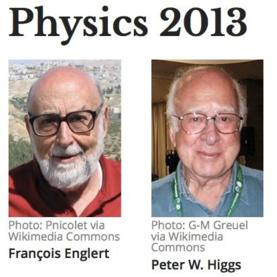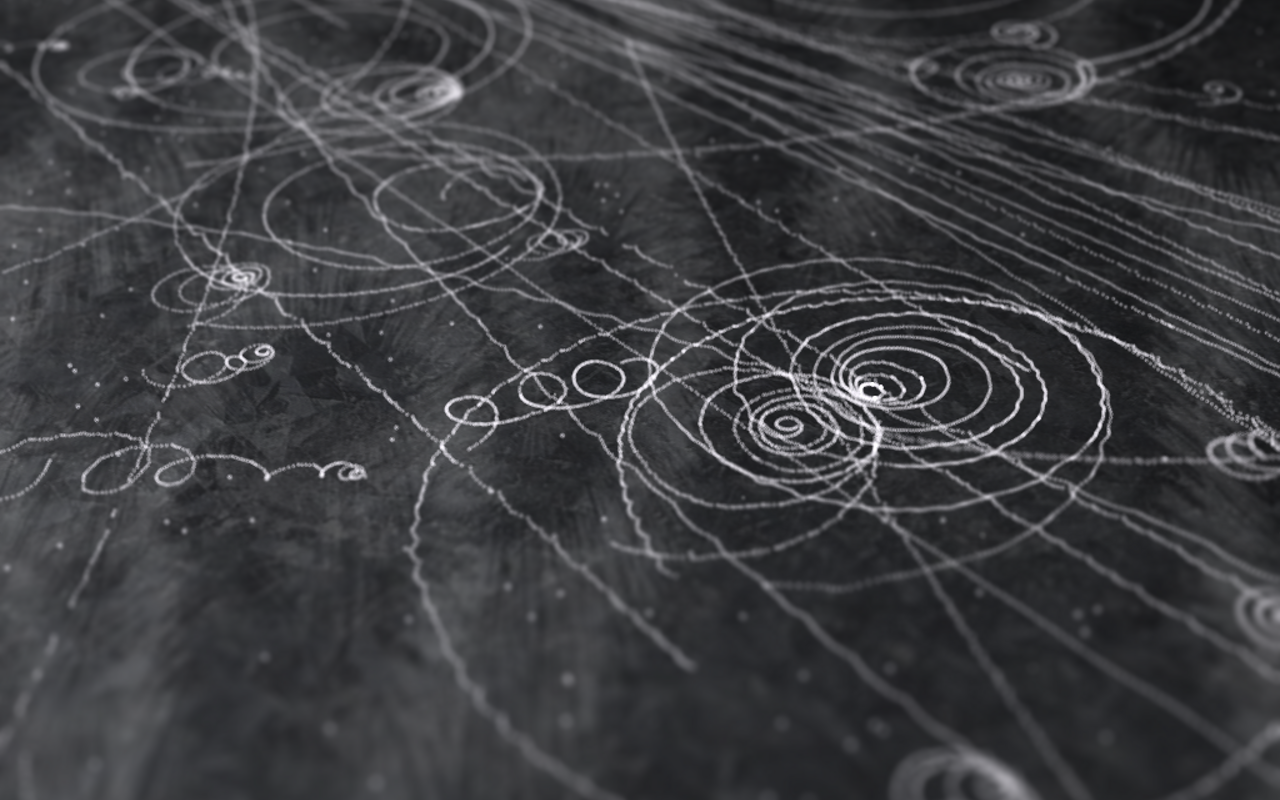WEST LONG BRANCH, N.J. – The Nobel Prize Award ceremony was held in Stockholm, Sweden last month to recognize those who made significant contributions to the global society in 2013. Amongst the most interesting recipients of the prestigious award was Dr. François Englert, who received the Nobel Prize in Physics for “the theoretical discovery of a mechanism that contributes to our understanding of the origin of mass of subatomic particles.”
Englert, who shared the prize with Peter Higgs, mathematically demonstrated how the Standard Model of Particle Physics requires the existence of the Higgs boson within the Brout-Englert-Higgs field.
More commonly referred to as the Higgs Field, it is defined by theoretical physicists as being an invisible energy field that exists everywhere. The Higgs Field was introduced because, without it, the Standard Model could not account for the short range of the weak interactions.
Dr. Kayla Lewis, from Monmouth University’s Department of Chemistry, Medical Technology and Physics, explains that, “The weak interaction has short range, because the W+, W- and Z bosons have large masses. Normally, bosons would be massless, like the photon, but there is a symmetry breaking process that gives weak force mediators mass. In order to accomplish this in the theory, while preserving a very important kind of symmetry in particle physics known as gauge invariance, a scalar field (as opposed to a vector field) must be added to the lagrangian…This scalar field is the Higgs field.”

This field and the interactions that happen within it are what convert energy into mass. This conversion only takes place when a particle known as the Higgs boson, discovered in July 2012 at the European Council for Nuclear Research (CERN), interacts with other high energy particles in a specific manner. In other words, the Higgs Field could help explain how the Universe began and how subatomic particles emerged out of an energy field.
The ultimate goal of Particle Physics is to combine the electromagnetic and the weak and strong nuclear forces into a comprehensive Unified Theory (whether or not gravity should be included in this theory remains a controversial issue).
Dr. Lewis further explains that in accordance to the Standard Model of Particle Physics, forces are caused by fields that permeate space. However, field interactions can be caused only by the mediator particles that exist within the field. For example, a graviton is the mediator particle for the gravitational field. Accordingly, the Higgs boson is the mediator particle for the Higgs Field.
The discovery of the Higgs boson at the Large Hadron Collider in Geneva in July 2012 further confirmed this theory. Dr. François Englert had to use a very novel approach; he described the mechanism as having two different parts. He defined the Higgs field as being made up of two types of fields: scalar and gauge. Englert further simplified the scalar field to derive a term that described a condensate (for all intents and purposes, we may imagine it as a liquefied mixture) that is spread out throughout the universe. He was then able to generalize the relationship between this condensate and the mass of subatomic particles.
While Englert himself has admitted during multiple press conferences that such theories may be extremely abstract and difficult to understand, his theories have resulted in some exciting scientific findings.
Englert’s theories have provided significant proof in favor of the theory that the earliest subatomic particles may have been created due to the interactions within a giant energy field. Hopefully, in the upcoming years, we shall see advances in theoretical physics that elaborate upon the current hypotheses regarding the origin of the Universe.





Excellent article. It simplified a very complex issue and made it easy to understand. This article also cleared up a matter of confusion for me. I had thought that the scientists who discovered the Higgs had won the Nobel Prize, and that those who had mathematically proved the need for the Higgs field had been recognized a while ago.
Thanks for reading the article. Englert won the Nobel Prize primarily for explaining the (mathematical and otherwise)significance of the Higgs within the Standard Model of Particle Physics.